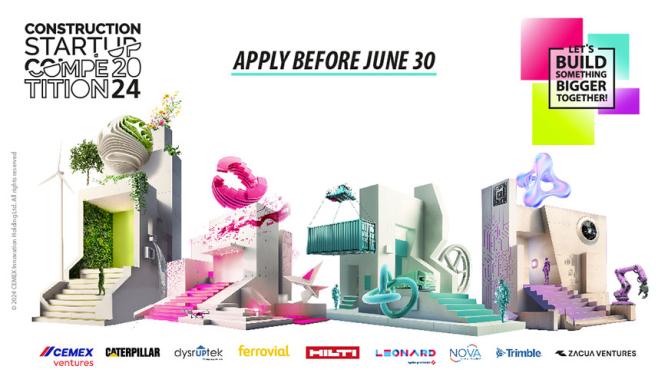Modular construction refers to a method for organizing construction projects in which prefabrication, assembly and equipment process are carried out in the workshop, rather than on the construction site. This process has benefited from the development of new technologies, such as advanced robotics (Curbed), BIM and 3D printing. While these advances have opened the way for new players and new uses, they also pose several challenges that the industry must still overcome.
An eco-responsible solution?
The classic argument in favor of modular construction emphasizes production deadlines and costs, which this method can reduce by 50% and 20%, respectively (Hive). Today’s purchasing advisors have put forward a new argument: modular construction generates less waste, reducing the carbon footprint associated with the construction process, and makes it possible to design buildings that demand only minimal resources (CNN). Coupled with 3D printing technology, which can produce structural components using fewer raw materials than traditional shaping techniques, modular construction offers up a simpler solution adapted to today’s environmental standards (Engineering.com).
Tech giants flock to construction
Moreover, opting for prefabricated modules allows for a faster and more streamlined integration of smart tools and systems (MultiFamily Executive). That advantage has prompted more and more tech giants to offer their own solutions in the construction market. In Silicon Valley, where real estate prices have skyrocketed, Alphabet has already given its employees access to modular homes at affordable prices (CNBC). For its part, Amazon offers customers the opportunity to buy a prefabricated home and have it delivered directly through its platform (Futurism). In the future, these big companies may even start to build smart modular buildings that run on their own proprietary software (Construction Dive).
Perfecting the process to unlock massive development
However, modular construction must still overcome several challenges in order to live up to its promises. Since prefabricated elements remain difficult to modify once they leave the factory, it is essential for companies to plan out every step in this construction method at the outset of every project (Forbes). Without this strong collaborative aspect, the risk is that large-scale projects will fail to come about, as was the case in New York in 2014 (6sqft.com). Construction professionals must now shift their focus to early adoption by clients and designers, supply chain optimization and applying BIM across every phase in building design and construction (BIM Today). In addition, while 3D printing may work for producing certain elements, it must be paired with enhanced quality control, through a system for monitoring and inspecting tools and materials (ET Tech). These obstacles have so far stood in the way of the massive development of this solution in the construction market, prompting promotors like London Assembly to lobby authorities for a legal framework and design standards that will encourage the use of modular construction (Mayor of London).


